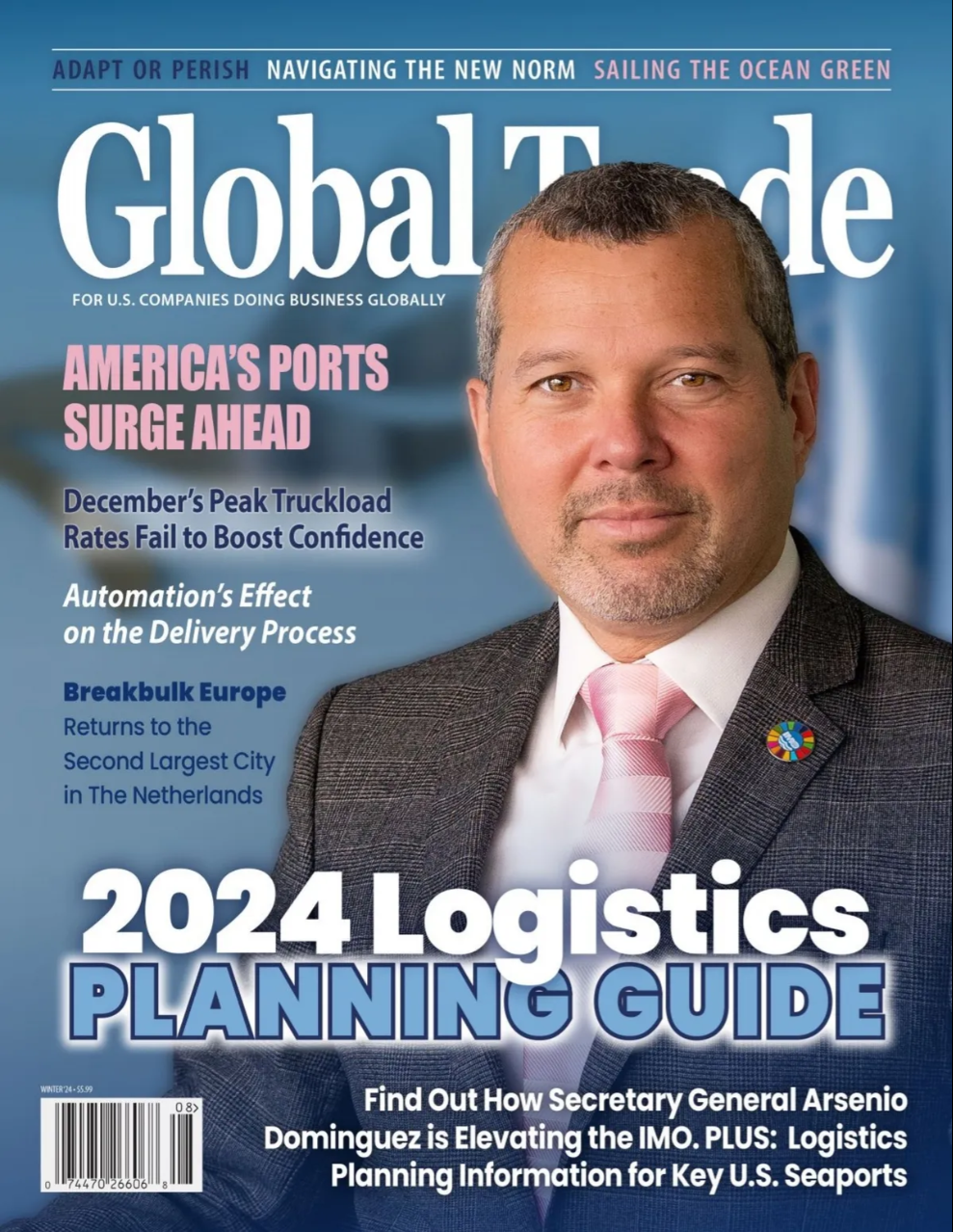Transfix Inc. has made a significant stride in fortifying the freight industry against fraud with the introduction of Transfix Shield, an exclusive suite of fraud-prevention tools tailored for shippers, carriers, and brokers. This groundbreaking launch includes RateCon Shield and Facility Shield, two innovative products poised to address longstanding fraud challenges within the logistics sector.
Jonathan Salama, CEO and Co-founder of Transfix, emphasized the importance of industry collaboration in combating fraud, stating, “Fraud is a persistent challenge that demands collective action from all stakeholders in the industry. Our initial rollout of these tools has generated significant interest and enthusiasm among our brokerage partners and longstanding clients.”
RateCon Shield, introduced last summer in a pilot program, targets the alarming trend of bad actors impersonating legitimate freight brokers. These fraudulent entities assume the identity of reputable brokers, offering loads to carriers and then disappearing before payment, leaving carriers unpaid and legitimate brokers tarnished. RateCon Shield combats this by automating the addition of a unique QR code to rate confirmation documents. This empowers carriers to authenticate loads and brokers, bolstering security and credibility across brokerage operations and carrier transactions.
Dan O’Sullivan, CEO of United States of Freight, praised RateCon Shield as a game-changer, remarking, “RateCon Shield sets us apart in the industry, demonstrating our commitment to safeguarding both our shippers’ freight and our carriers’ livelihoods. Partnering with Transfix, an organization deeply invested in combating fraud, reinforces our commitment to a secure freight ecosystem.”
Facility Shield, currently in beta testing and soon to be available to shippers, extends fraud prevention measures to the facility level. This tool equips shippers with proprietary validation systems and processes to verify carriers before they enter a facility, mitigating the risk of theft and unauthorized access.
Both RateCon Shield and Facility Shield offer seamless integration via API connection, ensuring a flexible and expedited onboarding process for users without the need for additional applications.
In an industry characterized by fierce competition among brokers, Transfix is leading the charge in fostering collaboration against fraudulent actors. With Transfix Shield, the freight industry takes a significant step towards a more secure and resilient future.
Read more about the Transfix Shield Suite and sign up here, transfix.io/




